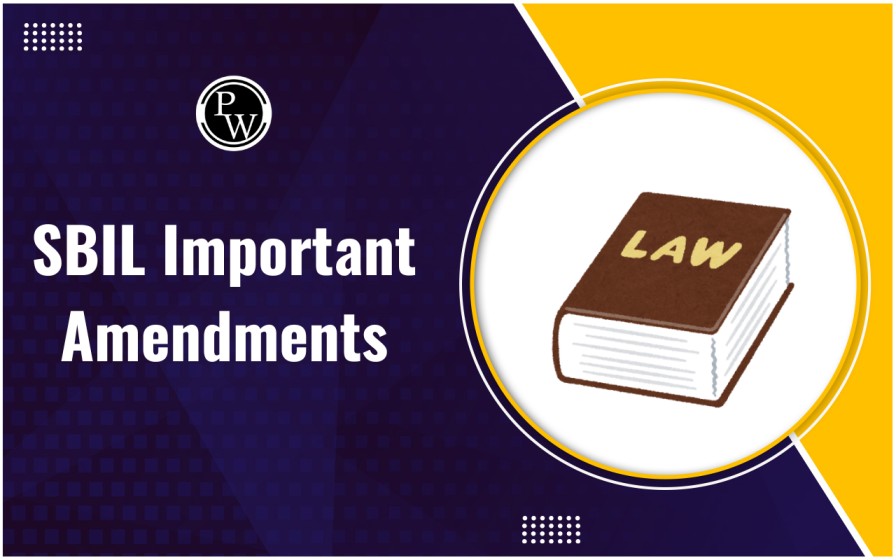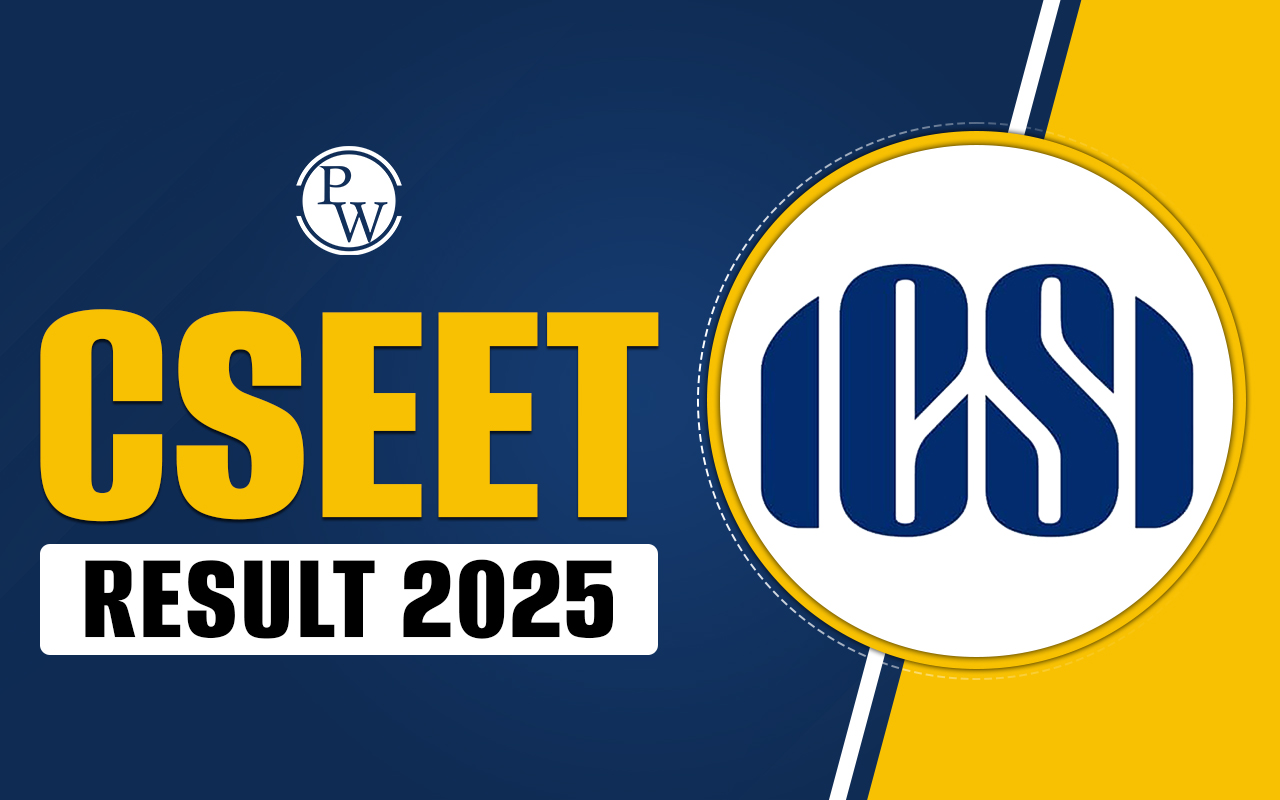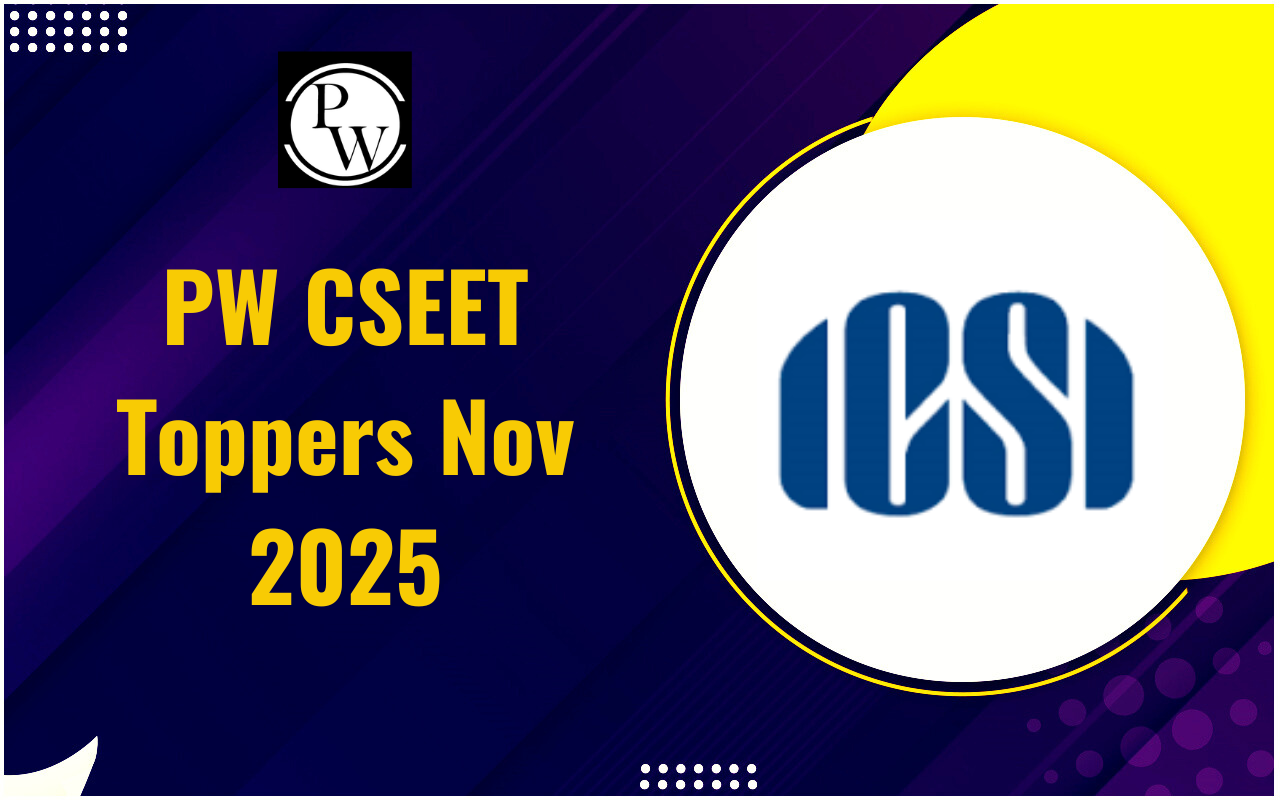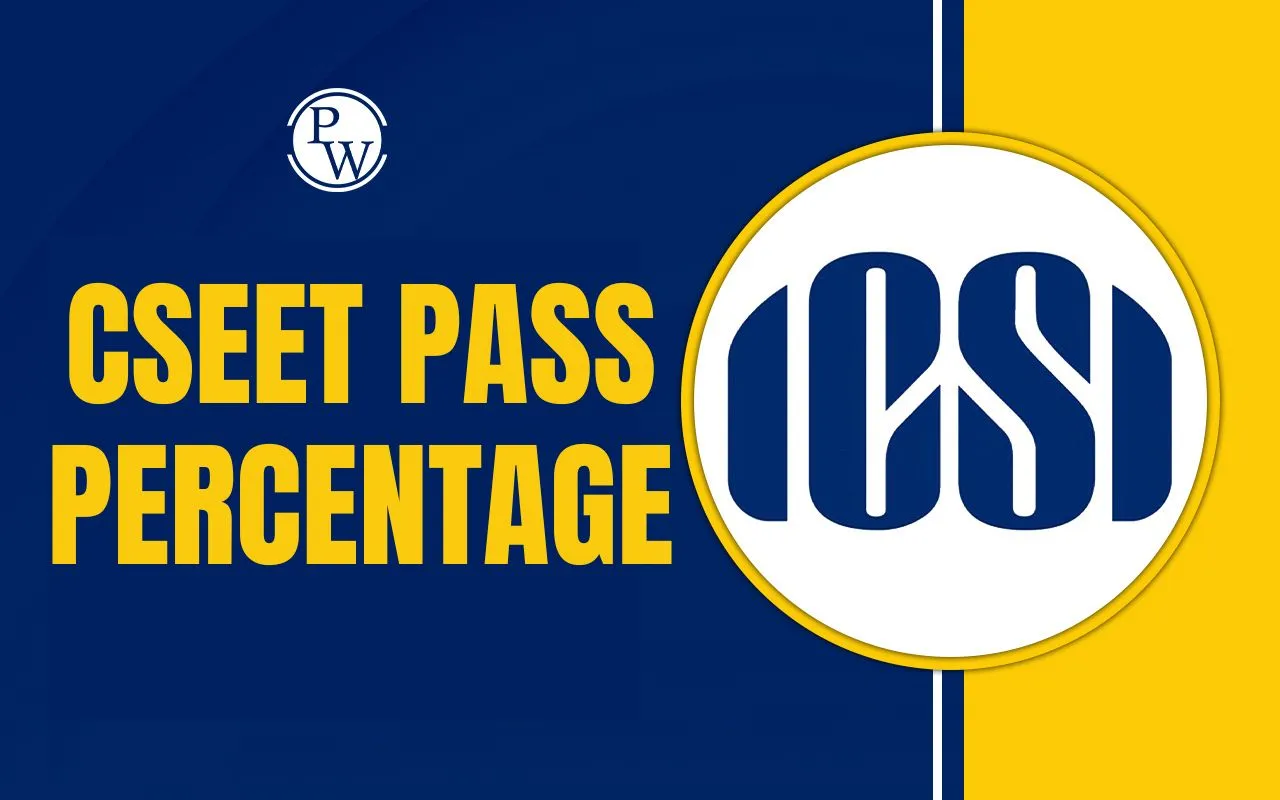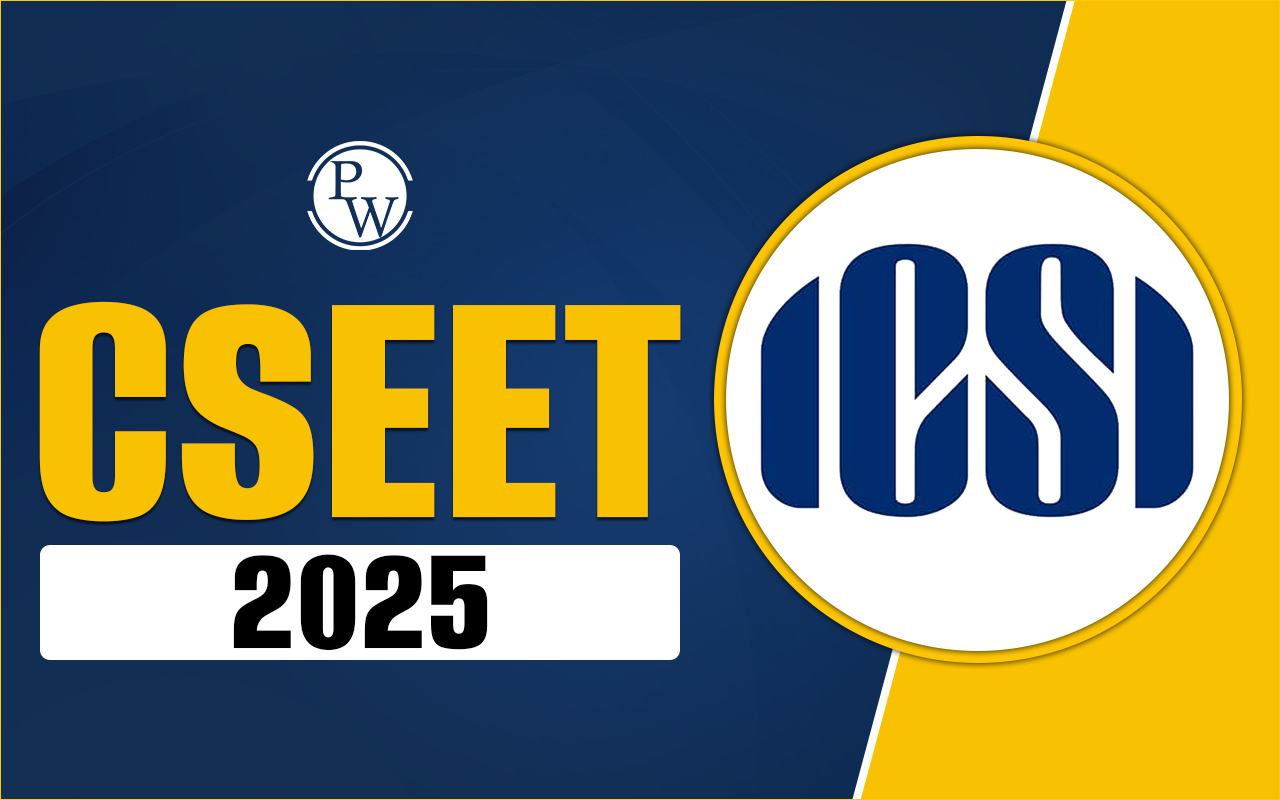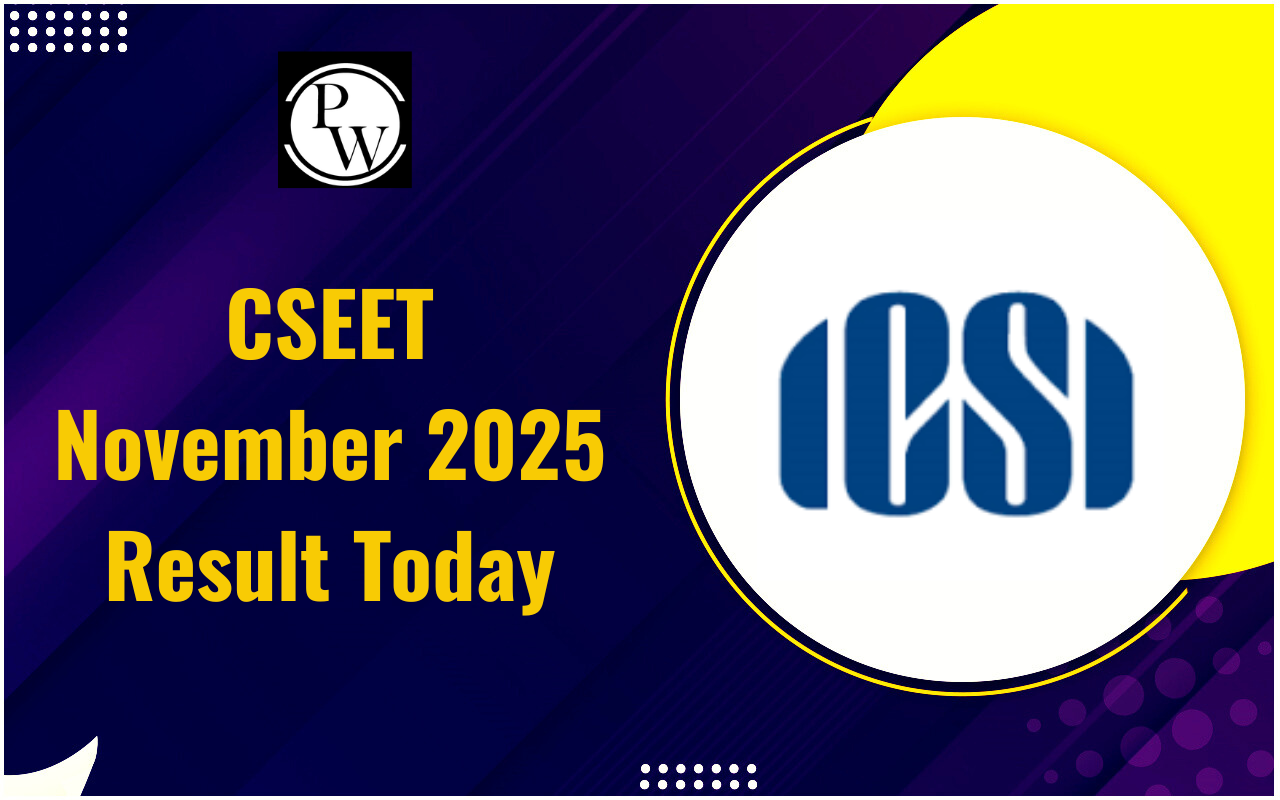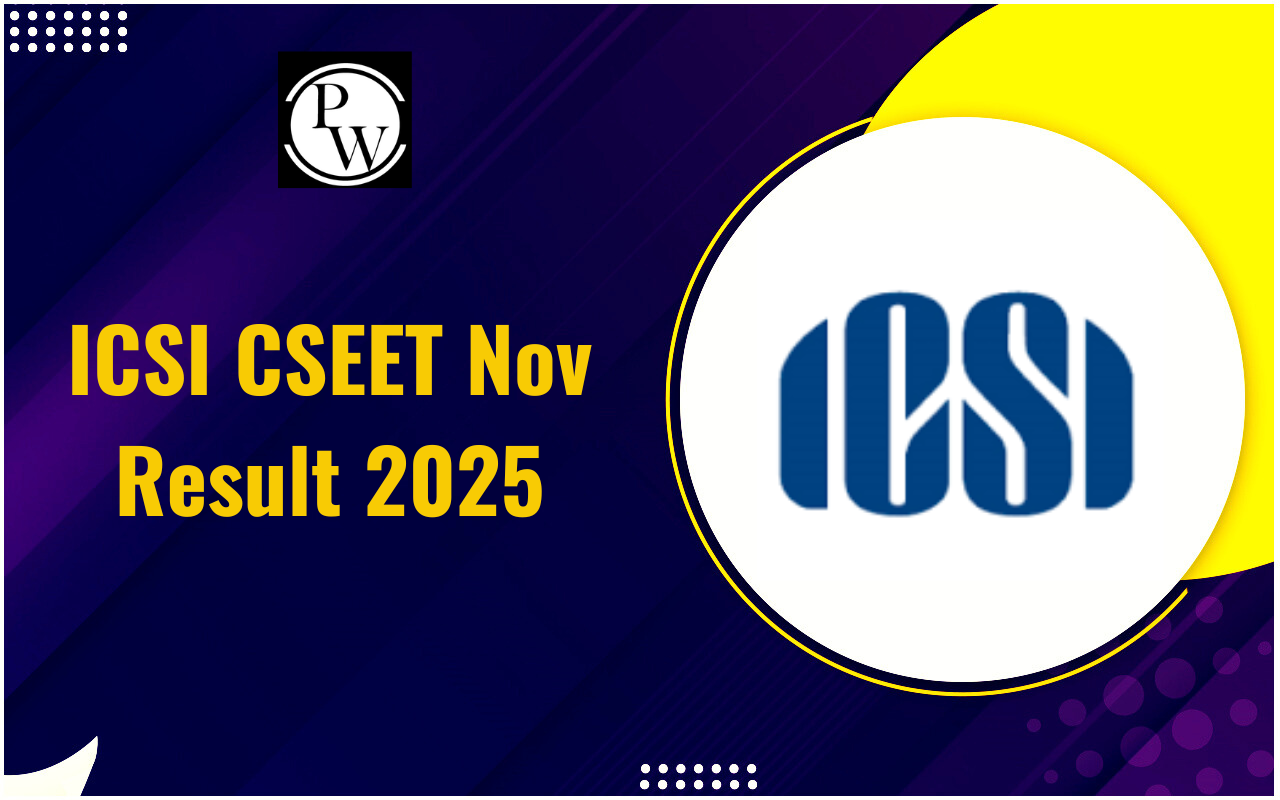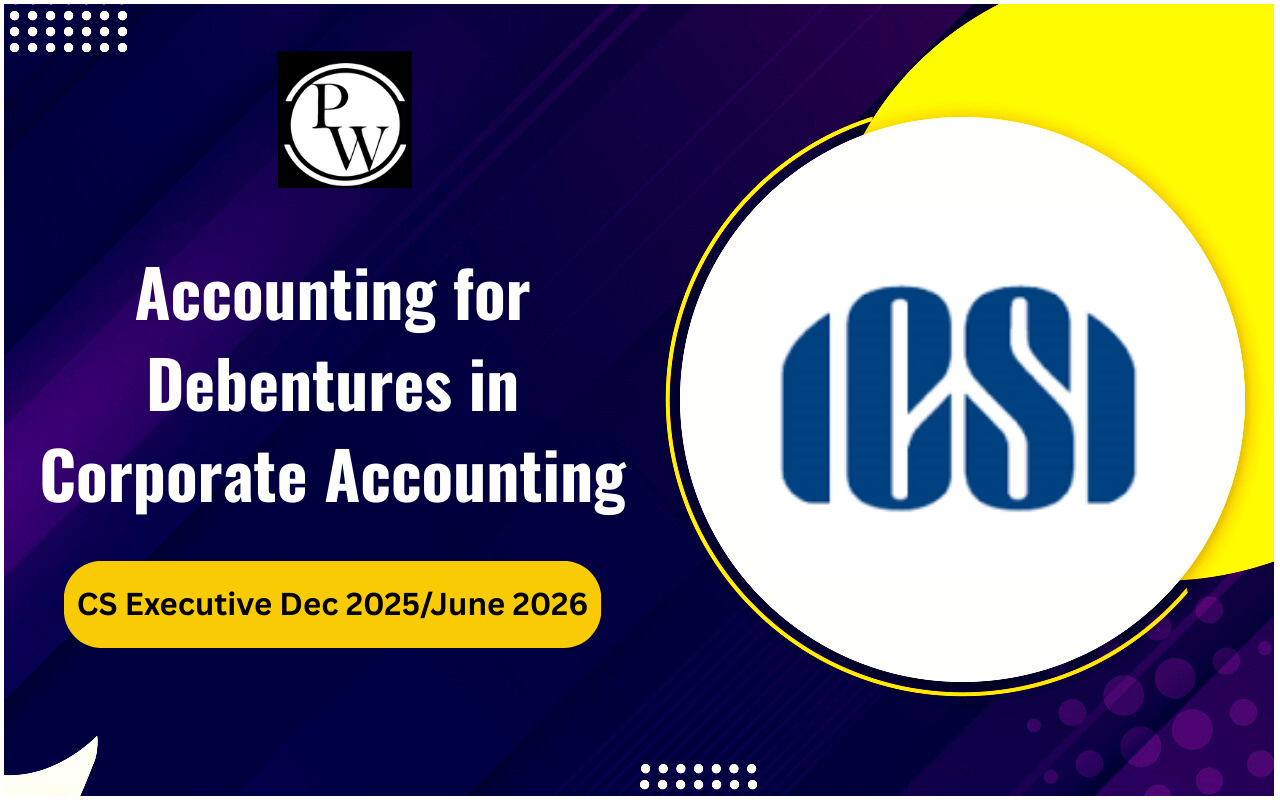

Profits and Gains of Business and Profession: Income from business and professions is critical for financial success and stability. "Profits and Gains from Business or Profession" (PGBP) is an integral part of the tax system, affecting the taxable income of individuals and companies. PGBP includes earnings from business or professional activities, such as profits from selling goods, providing services, rent, interest, capital gains, royalties, and dividends. Accurately identifying and calculating this income is essential for determining taxable income and meeting tax obligations.
Profits and Gains of Business and Profession Overview
Profits and Gains of Business or Profession (PGBP) is one of the five main categories for computing taxable income, alongside income from salary, house property, capital gains, and other sources. Its primary role and the essential terminologies are explained in detail below:- PGBP is crucial for professional tax registration and calculating taxable income from business or professional activities.
- Profit is the total income minus total expenses.
- The gain comes from selling fixed or financial assets. To calculate gain, subtract the initial purchase price from the selling price.
- To find the percentage change in an investment, subtract the purchase price from the selling price, divide by the purchase price, and multiply by 100.
- Income from a business or profession is the difference between the total revenue earned and the expenses incurred while running the business.
Taxable Business Income under Profits and Gains of Business and Profession
The following incomes are taxable under the head 'Profits and Gains of Business or Profession' and are calculated based on sections 29 to 44DB:- Profits or gains from any business or profession during the previous year.
- The compensation received is related to the management of an Indian company, especially when management ends or terms are changed.
- Income from trade, professional, or similar associations for services provided to members.
- Benefits from business or professional activities, whether convertible to money or not.
- Interest, commission, salary, remuneration, or bonus received by a partner from the firm.
- Profit from transferring the Duty Entitlement Pass Book Scheme.
- Profit from transferring the Duty-Free Replenishment Certificate.
- Payments received under a Keyman Insurance Policy, including bonuses.
- Payments received for not performing business activities or not sharing know-how, patents, trademarks, etc.
- Payments received for demolishing, destroying, discarding, or transferring capital assets (excluding land, goodwill, or financial instruments) if expenses on such assets were deducted under section 35AD.
Non-Taxable Business Income under Profits and Gains of Business and Profession
These incomes are not taxable under 'Profits and Gains of Business or Profession' but under their specific categories.Rent from House Property: Renting residential houses is taxable under ‘Income from house property’ if the main business owns and lets out houses. If houses are let to employees for the business's efficiency and not as the main business, this income is taxable as business income.
Dividend Income: Dividends from shares and securities held as business assets are taxable under ‘Income from other sources,’ not as business income.
Winnings from Lotteries and Races: Winnings from lotteries, races, etc., are always taxable under ‘Income from other sources,’ even if part of a regular business activity.
Interest on Compensation : Interest on compensation or enhanced compensation is taxable under ‘Income from other sources.’
Significance of Income from Profits and Gains of Business and Profession
Income from Profits and Gains of Business or Profession (PGBP) shows how well a business or professional venture performs financially. The details given below show the significance of income from PGBP:- It helps understand the profitability and growth of the business, guiding future decisions.
- Profits allow entrepreneurs to reinvest in their businesses, helping them expand operations and improve their offerings.
- Substantial PGBP income can attract investors, providing additional funds for growth and development.
- Consistent profits contribute to the long-term success and stability of a business.
- Income from PGBP drives economic growth by encouraging entrepreneurial activity and creating new jobs, benefiting the overall economy.
Why is Accounting and Reporting Necessary for PGBP?
In Profits and Gains of Business accurate accounting and reporting are essential for financial transparency, meeting regulatory requirements, and making informed decisions. Businesses and professionals need to keep detailed books of accounts to track economic activities and record all transactions correctly. Preparing financial statements, like balance sheets and income statements, is crucial. Following the accounting standards and guidelines helps ensure compliance and accuracy. Good accounting practices not only aid in tax compliance but also offer valuable insights into the financial health and performance of the business.Read Also: Time Place and Value of Supply Under GST
Challenges and Risks in Managing PGBP Income
The various risks and challenges in managing Profits and Gains of Business Income are listed below:- Economic fluctuations, such as recessions or inflation, can impact business profitability. These reduce consumer spending and affect overall business performance.
- Market trends and consumer preferences constantly evolve. Businesses must adapt to these changes to stay relevant and competitive. Please do so to avoid loss of market share and reduced profits.
- New regulations or changes in existing laws can affect business operations and profitability. Compliance with updated regulations may require additional costs or adjustments in business practices.
- Advances in technology can disrupt existing business models. Businesses must keep up with technological developments to avoid becoming obsolete and leverage new opportunities.
- Intense competition in the market can pressure businesses to lower prices. Effective strategies are required to maintain competition and attract customers.
- Limited financial resources can restrict a business’s ability to invest in growth opportunities. Proper financial planning and management are essential.
Strategies for Marketing and Growing Your PGBP Income
The various strategies for growing your Profits and Gains of Business and Profession Income are mentioned below:Market Research: Conduct thorough market research to understand customer needs, preferences, and trends. This information helps improve products, services, and marketing strategies to meet market demands better.
Pricing Strategies: Implement effective pricing strategies to balance profitability and competitiveness. Consider factors like production costs, market conditions, and customer willingness to pay to set optimal prices.
Advertising: Invest in advertising campaigns to increase visibility and reach potential customers. Use digital, social, print, and outdoor advertising channels to spread your message.
Customer Relationship Management (CRM): Develop and maintain strong relationships with clients through effective CRM practices. Focus on customer satisfaction, personalised service, and regular communication to build loyalty and encourage repeat business.
Digital Platform: Utilize digital platforms and tools to enhance marketing efforts. This includes creating an engaging website, using social media for promotions, and leveraging online sales channels.
Data-Driven Marketing: Apply data-driven marketing techniques by analyzing customer data and market trends. Use this data to make informed decisions, optimize marketing campaigns, and improve overall effectiveness.
Explore New Markets: Identify and explore new market opportunities to expand your business. Research potential new markets or customer segments and adapt your strategies to meet the needs of these new areas.
Join PW CS Online Courses and build a strong foundation in corporate laws and governance with structured learning and dedicated support.
Profits and Gains of Business and Profession FAQs
How can you determine income from profession?
What is the difference between profession and business income?
How many types of income are there in business?
How to find total profit?


